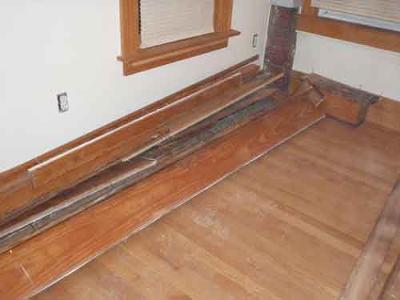How To Save the Molding on a Lath and Plaster Remodel
by Troy Scott
(Eureka, KS)

Refinishing Wood Moldings
I am buying a 1920's carpenter style house, it has beautiful wood trim but the lath and plaster is in bad shape and needs to be removed for wiring, plumbing, and insulation updates.
If I remove the molding, the 3/4" plaster and 1/4" lath, and install 1/2" sheetrock,
my moldings will be to short if I don't destroy them during the removal.
I could shim the walls out then sheetrock it, but in my experience the plaster isn't a consistent thickness.
I guess I could shim out plenty, cut my trim to fit, but I'm back to... If I don't destroy the moldings during removal.
I also thought of cutting the plaster 6 or 8 inches off the trim, removing the plaster, then shimming the studs to run flush to the remaining plaster, and mudding the joints.
What do you think?
Comments for How To Save the Molding on a Lath and Plaster Remodel
|
||
|
||
|
||



